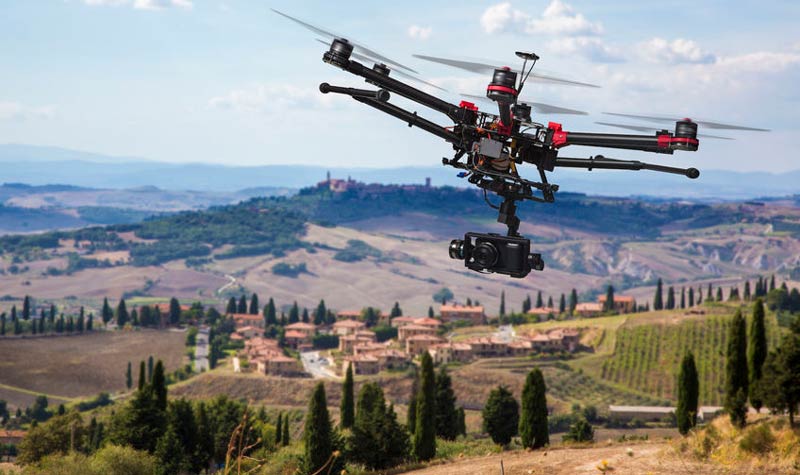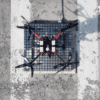
News
Hobby Drone Pilots Left in The Cold by New EU Drone Report
Hobby Drone Pilots Left in The Cold by New EU Drone Report
In a move that is certain to disappoint many hobby drone pilots, the European Aviation Safety Agency (EASA) has just published a formal Opinion report on new regulations that will tighten small drone flight laws in Europe. The report, which aims to resolve issues such as risk prevention, privacy and environmental protection, will serve as a basis for the European Commission to adopt specific regulatory proposals later and build a broader regulatory framework.
However, many hobby drone pilots may not be happy with the changes. Until now, European drone users have had considerable freedom simply because there were no laws adapted to these devices; many countries have had to create new aviation regulations to regulate them. All this will change by the end of 2018, when the European Commission makes public a new drone law in Europe.
The move is controversial because many drone activities previously taken for granted will no longer be legal without pilot testing and registration. For example, many pilots conduct beyond-line-of-visual-sight flight (BVLOS) using the in-built video camera streaming to a smartphone screen to guide their drone’s path. Many spectacular drone videos have been achieved in this way, capturing remote areas not otherwise accessible by camera. According to the EASA from the end of this year, this will be prohibited; pilots will only be able to fly their drones if they can be seen with the naked eye. It’s a very simple rule, but one that has wide-ranging implications for the hobbyist drone photographer.
Patrick Ky, executive director of EASA, states that “this regulation will allow the free circulation of drones within the European Union, respecting the privacy and security of EU citizens and allowing the drone industry to remain agile, to innovate and continue to grow”.
The report also opens new paths by combining product legislation and aeronautical legislation: the design requirements for small drones (up to 25 kilograms) will be implemented through the use of the well-known CE mark for products marketed in Europe. The operator will find in each package of drones a consumer information with “what to do and what not to do” on how to fly a drone without endangering other people.
“The proposed approach is innovative and recognized worldwide as the best way to maintain safe drone operations,” they explain in the EASA report. The requirements do not focus on the drone itself, but consider a series of elements, such as where the drone is flying (over the sea or over the city center), who is flying the drone (a child or a professional pilot) or what drone is actually being used (what weight the drone has or what safety features it has).
The opinion allows a high degree of flexibility for the EASA member states. They may define areas where drone operations will be prohibited or restricted (for example, to protect sensitive areas), or when certain requirements are alleviated (for example, areas dedicated to the aircraft model). EASA will develop standard scenarios that will simplify the obtaining of authorizations for well-defined operations (such as, for example, linear inspections carried out in BVLOS or crop fumigation). The proposal also recognizes the good safety records of model flight clubs and associations and provides special relief for members of those clubs and associations.
EASA is aware also, that there are many different types of drones and not everyone uses their drone for the same purpose. To address the differing needs of drone pilots, it proposes the creation of three categories: Open, Specific, and Certified.
The first “Open” category is for devices weighing less than 25 kilos and used for operations such as photography and video recording, infrastructure inspections and leisure activities without the pilot Remote lose visual contact with the drone. In this case, the EASA considers that it would be enough for the devices to be sold with an explanatory brochure about what can and can not be done with them without putting anyone at risk.
In a second category, called “Specific”, would enter the drones that exceed 25 kilos and would affect, for example, flights where the pilot loses sight of the device or devices operated on areas with high population density. In that case, the operator would have to receive prior authorization from the competent authorities.
Other suggestions from the EASA involve implementing geo-awareness abilities in drones; in this way, drones can detect if they are entering a restricted area, such as an airport. That function would not deactivate the drones if they enter the area as originally proposed; although it will be the pilot’s responsibility if they ignored the notification.
The agency, which has made its recommendations public after collecting “thousands of comments” from individuals, responsible for the industry and national authorities, will develop “standard scenarios” that would serve to facilitate access to the aforementioned authorizations.
Last December, the EU states and the European Parliament agreed to revise aviation safety standards and the European Commission reaffirmed its commitment to provide a regulatory proposal for drones by 2019.






















